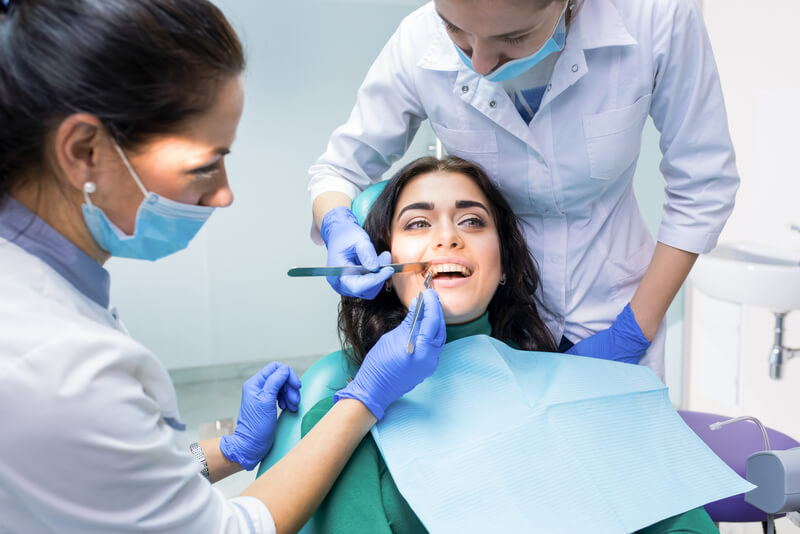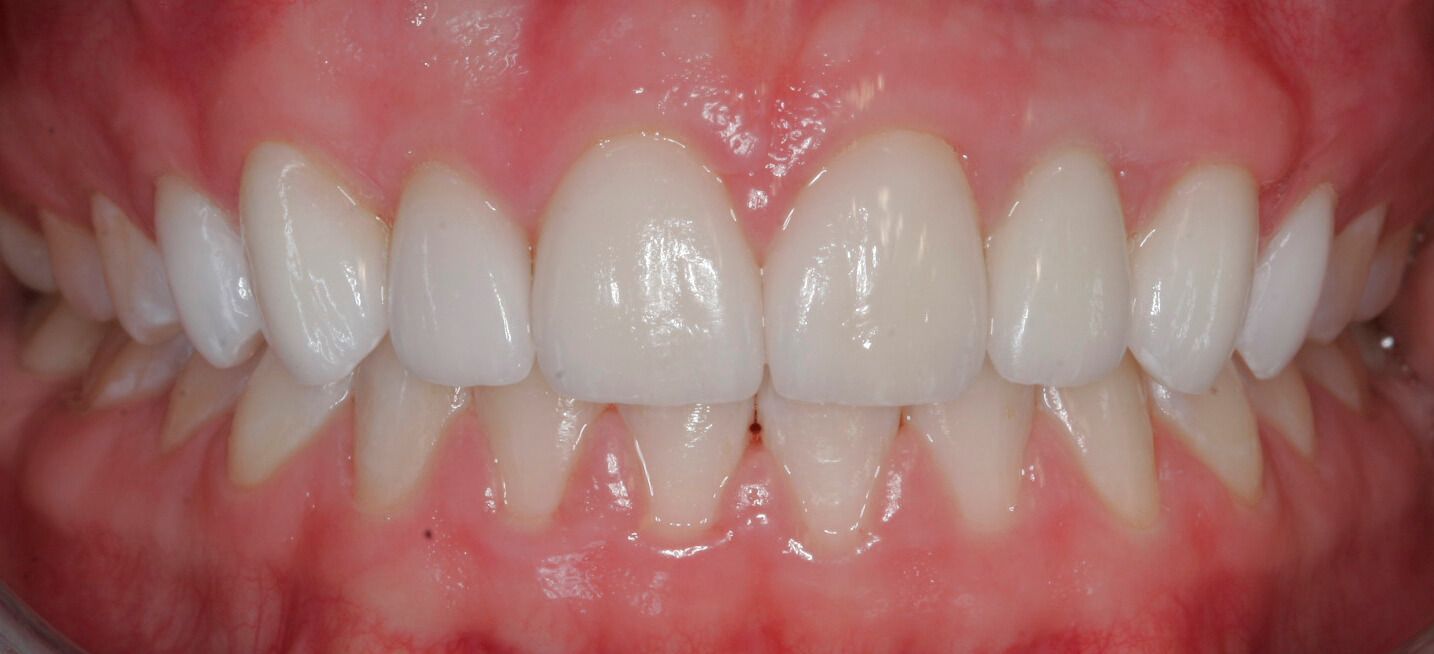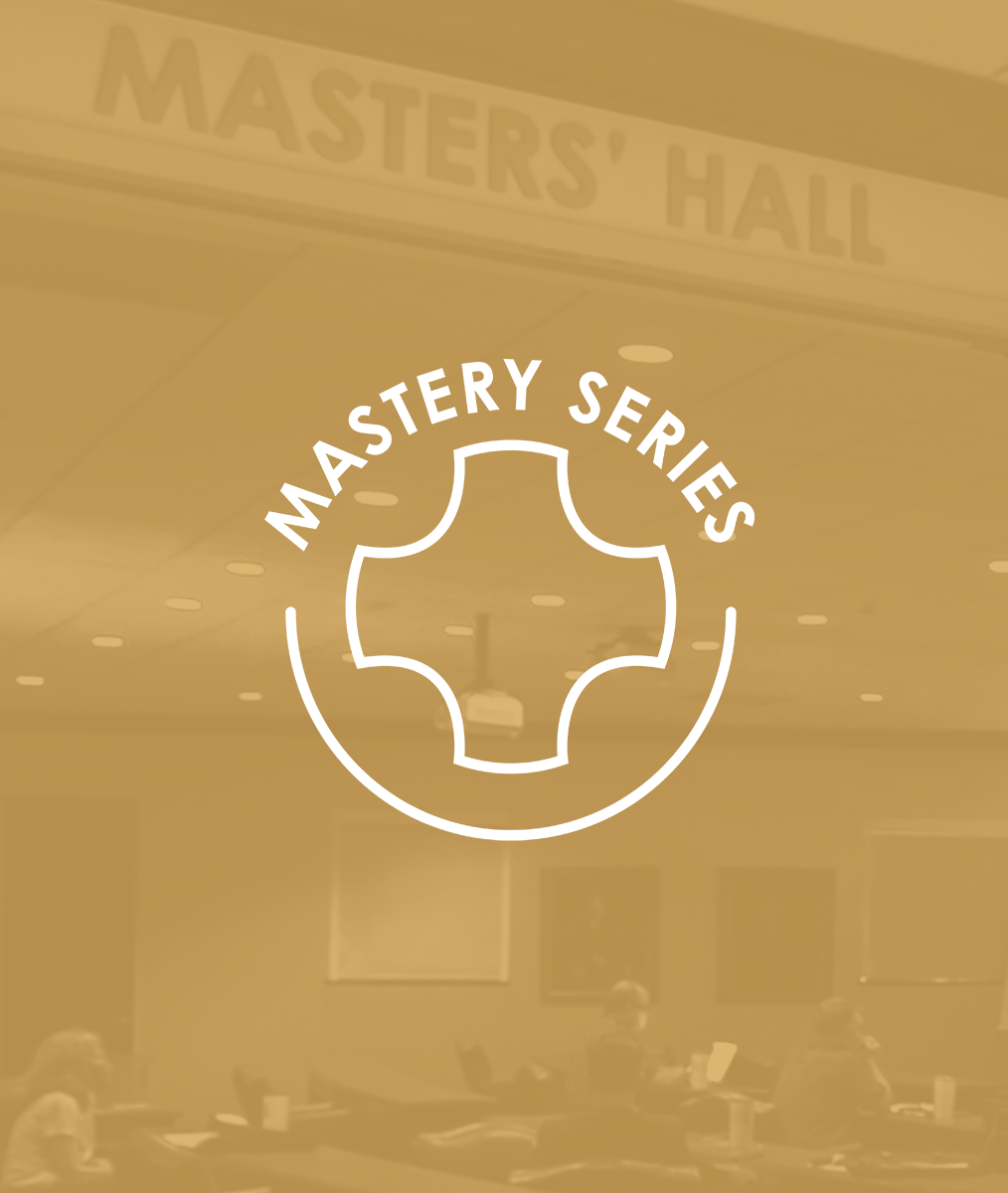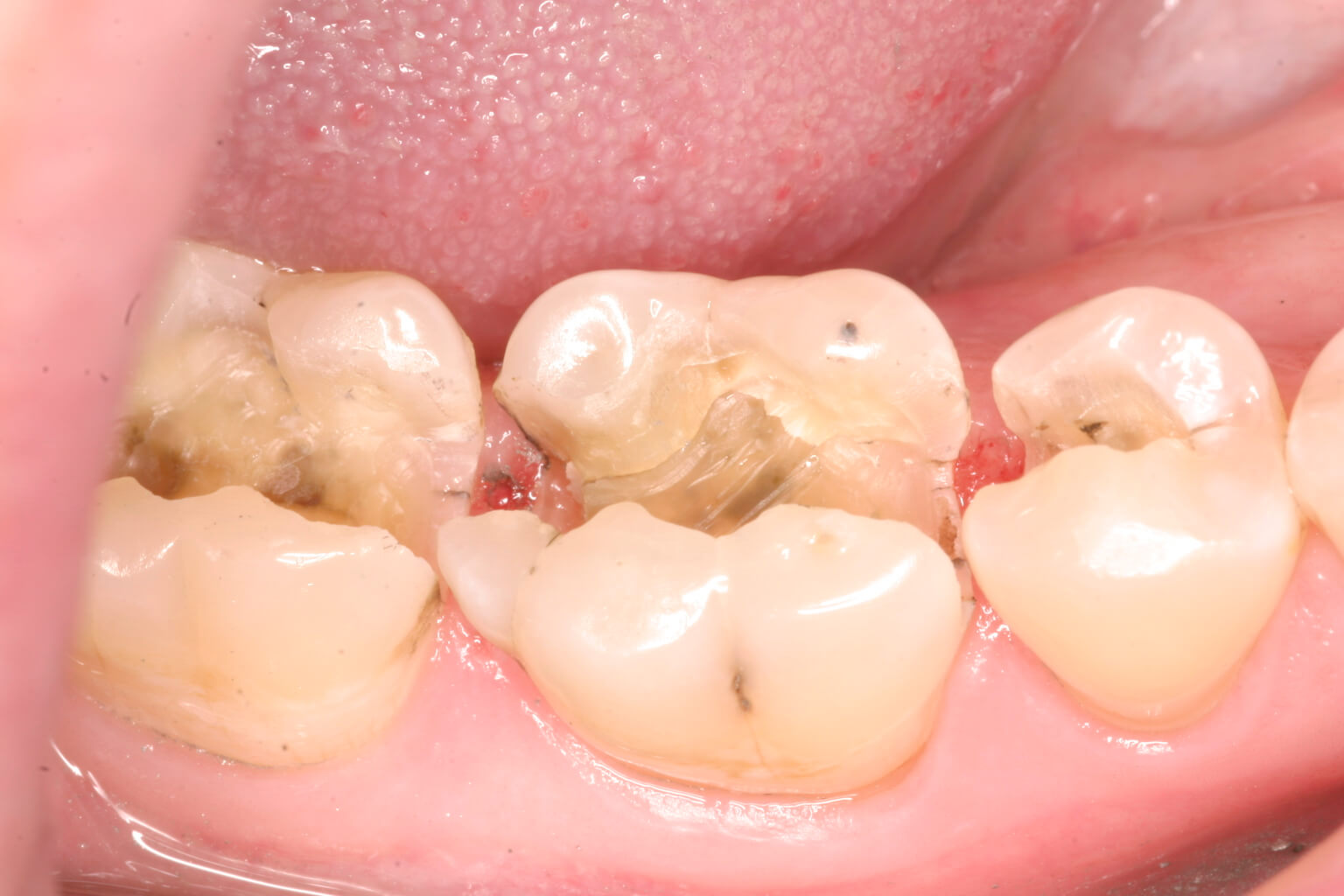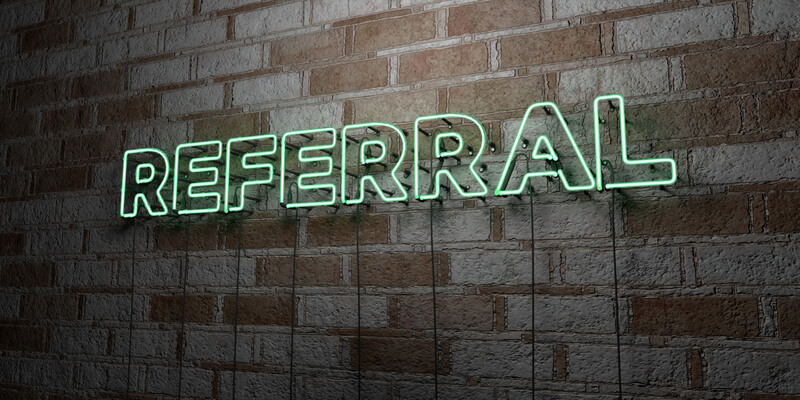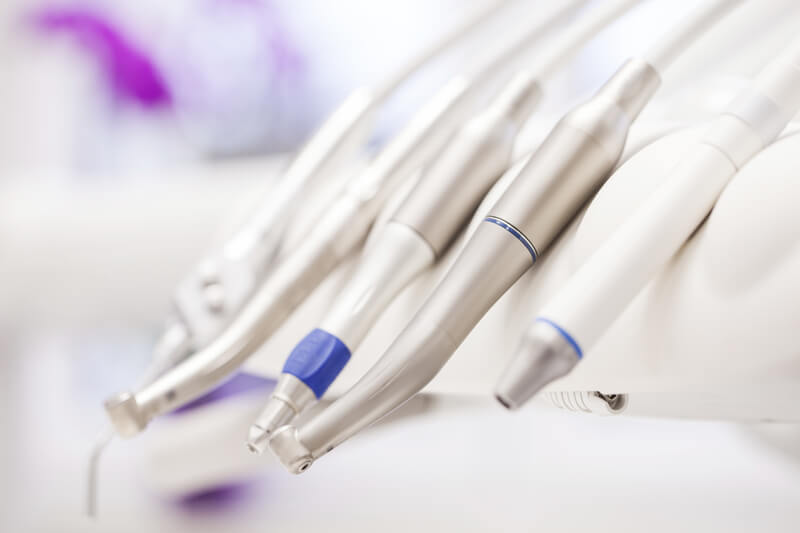A Partnership Charter: Part 1
In part 1 and 2 of this candid blog series, Dr. Brad Weiss discusses the dissolution of his partnership with an associate and how he believes others can avoid falling into similar situations.
In July, I finished my term as president of my rotary club. I termed it a “planned hardship,” much like a camping trip where you know you will be better for having experienced it.
Each week for the rotary club meetings, I ended them with Rotary’s Four Way Test: First, is it the truth? Second, is it fair to all concerned? Third, will it build goodwill and better friendships? Fourth, will it be beneficial to all concerned?
My vision of what defines a successful partnership aligns with the rotary club mindset. I believe a partnership in the dental practice is where each of the four above criteria can be met. My patients are the ultimate beneficiaries of a well-functioning agreement.
A Broken Dental Partnership
I am not a practice transitions expert, nor did I stay at a Holiday Inn last night, but I did go to the school of hard knocks. I have been an associate, worked as an employee for a corporate entity, shared space as my own S Corp, and eventually merged my small practice with a much larger one to become a 50-50 partner with an associate as our employee.
There is shame attached to the failure of any relationship. As my partnership split after six-and-a-half years, mine is no exception. The more I tell my story, the more I hear such similar stories from other dentists. It is eerie and disappointing to know that more is not done to improve the odds of partnership success.
My belief is that the shame attached keeps others from knowing how to avoid potential strife between two otherwise reasonable people.
To be continued…
Related Course
E2: Occlusal Appliances & Equilibration
DATE: May 3 2025 @ 8:00 am - May 7 2026 @ 2:30 pmLocation: The Pankey Institute
CE HOURS: 44
Dentist Tuition: $ 7500
Single Occupancy with Ensuite Private Bath (per night): $ 355
What if you had one tool that increased comprehensive case acceptance, managed patients with moderate to high functional risk, verified centric relation and treated signs and symptoms of TMD? Appliance…
Learn More>








